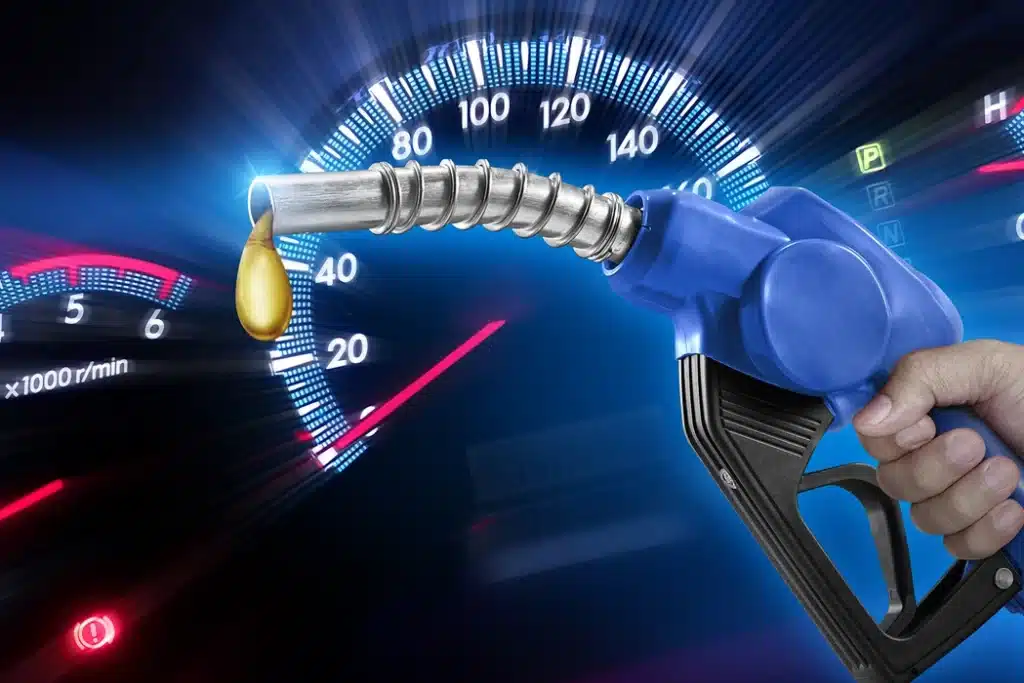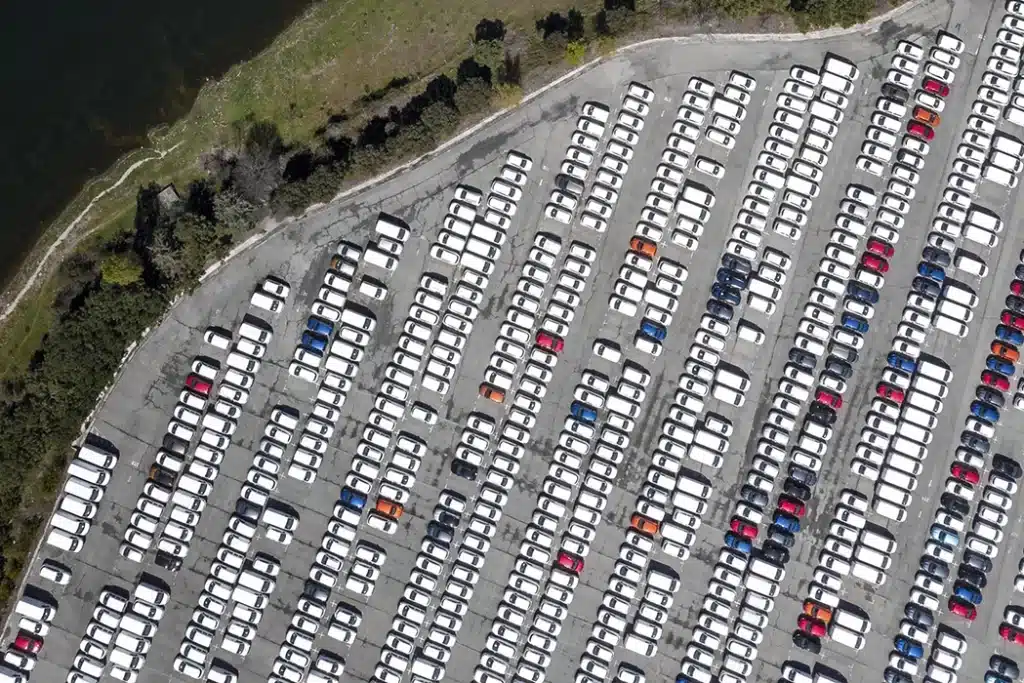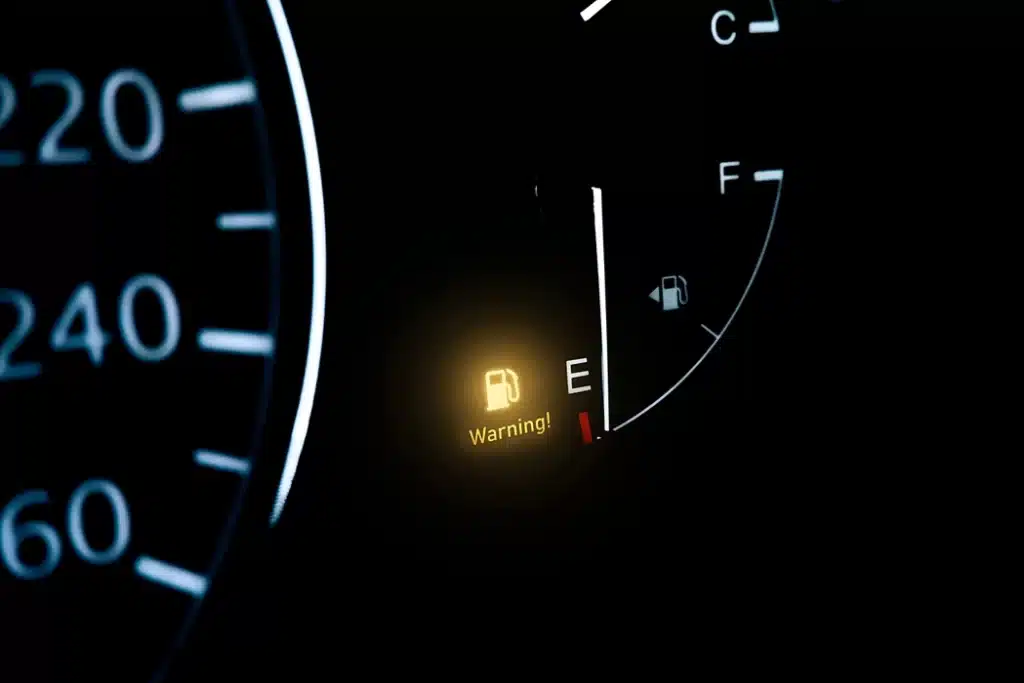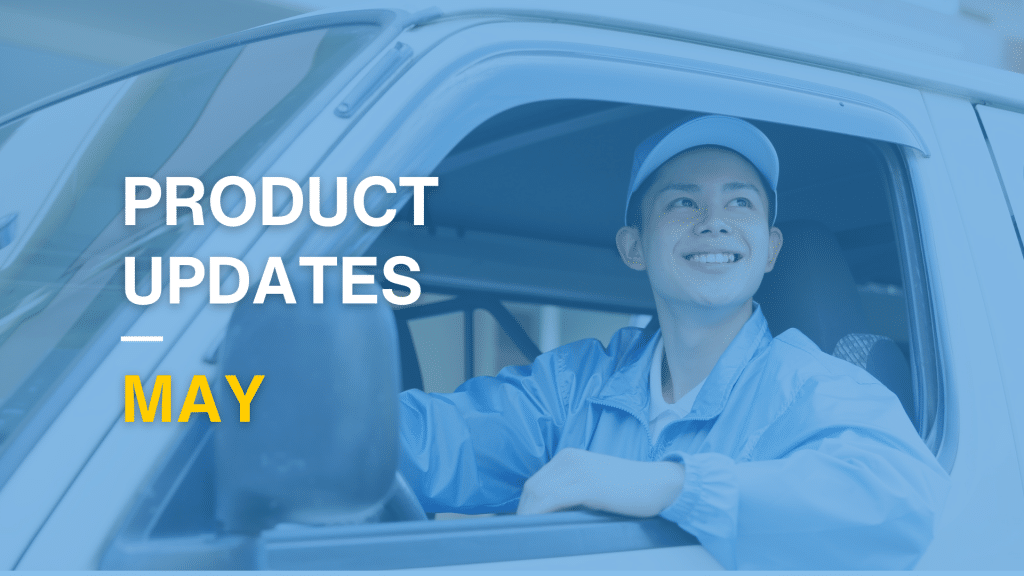For law enforcers, January 1st means more than just New Year Resolutions. Many jurisdictions mark the start of the new year with new laws. One of those new laws is Ontario’s new distracted driving laws.
Although distracted driving laws existed in Ontario for over a decade, regulators are tweaking some parts of the law.
Here are a list of 3 things that you should understand about Ontario’s new distracted driving laws.
Distracted driving means more than just texting.
Recently, I did an office experiment. I went around the office and asked random people what distracted driving means to them. Almost everyone immediately answered “texting and driving”.
Although texting and driving is still a forefront issue, it’s not the only form of driver distraction. Starting in 2019, officers are penalizing other distractions. Those include distractions such as holding electronic devices, pressing buttons in your car, typing into navigators, and eating food.
Distracted driving laws carry stricter penalties.
Ontario is also refining its distracted driving penalties. In particular, Ontario now uses a 3-tier penalty system for distracted driving.
First time offenders will get a 3-day license suspension and a $1000 fine. Second time offenders will get a 7-day license suspension and a $2000 fine. Finally, third and subsequent time offenders will get a 30-day license suspension, a $3000 fine, and 6 demerit points.
Officers are required to send offenders to court.
Lastly, Ontario is moving from a roadside suspension system to a court system. In 2019, officers must send all distracted drivers to court. In court, drivers must either plead guilty or go through a trial. At the end of a trial, a judge has the power to assign driver suspensions.
How will the new distracted driving laws impact fleet management?
The new laws will influence fleet distracted driving monitoring. Many fleets currently monitor distracted driving by monitoring driver texting.
However, with the new laws, fleets are thinking beyond texting and driving. Considering the following cases.
1. A lot of fleets are using hands free technology. For instance, rather than using radio systems, fleets are transitioning into wearable gadgets such as Bluetooth headsets.
2. Companies are also getting rid of manual GPSes. Rather than getting drivers to type locations, companies are now preloading routes directly in their vehicles’ navigation systems.
3. In accordance with the growth of fleet cameras, video automation is also growing. Video automation uses software codes to identify distractions such as eating food or looking away from the dashboard. Video automation then uses in-cab audio to alert the driver to change their behaviour.
Click here to read a similar blog on how to create and implement a fleet distracted driving policy.











































